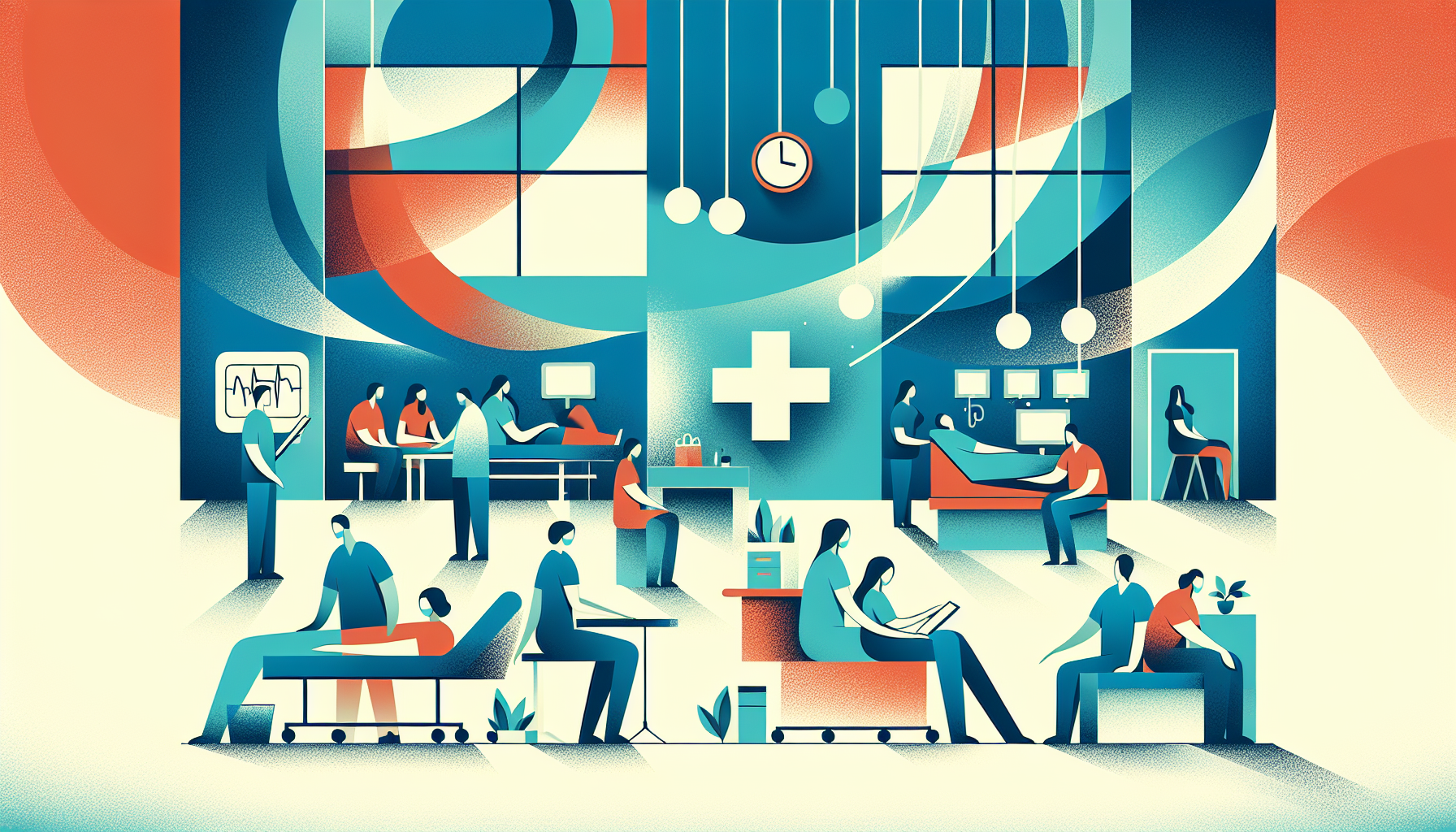Can I Take Zepbound a Day Early?
Key TakeawaysZepbound is a once-weekly injectable medication for weight management and obstructive sleep apnea (OSA) linked to obesity.Taking Zepbound a day early is [...]
Read More
Medically reviewed by Abhijit Bhattacharyya | MD, PhD, MBA, Tufts University School of Medicine - Miami, Florida on January 24th, 2025.
Visiting the emergency department (ED) can be a stressful and confusing experience, especially if you're not familiar with the process. As an emergency medicine doctor, I want to help you understand what to expect and how to navigate your visit to the ED.
When you arrive at the ED, the first step is to get registered and assessed by the triage nurse. They will ask you questions to determine how urgently you need to be seen and what tests or treatments may be necessary. This process can take some time, so be prepared to wait.
Throughout your visit, you'll be asked to repeat your story several times to different members of the healthcare team. This is essential for ensuring that everyone has a clear understanding of your situation and can provide the best possible care. If you don't understand something, don't hesitate to ask for clarification or request a break if needed.

In the ED, you'll encounter a variety of healthcare professionals, including:
Triage nurse
Assigned nurse
Resident or medical student
Attending physician
Physician assistants or nurse practitioners
Each member of the team plays a crucial role in your care, and they work together to ensure that you receive the most accurate diagnosis and appropriate treatment.
Waiting in the ED can be frustrating, but it's often necessary for several reasons:
Coordinating the healthcare team
Allowing residents and students to learn and develop clinical judgment
Providing time for additional information to surface that may help with diagnosis
While waiting is challenging, it's an essential part of the process that helps ensure you receive the best possible care.
In the ED, teamwork is crucial. Each member of the healthcare team contributes to gathering information, comparing data, and identifying the correct diagnosis and treatment. By working together and repeating histories and exams, the team can close gaps and provide the most appropriate care for your specific situation.
Remember, the ED system, while not perfect, is designed to protect you from the impact of missed information and to train future healthcare professionals who will continue to provide high-quality care for years to come.
For more information on emergency care, visit:
Key TakeawaysZepbound is a once-weekly injectable medication for weight management and obstructive sleep apnea (OSA) linked to obesity.Taking Zepbound a day early is [...]
Read MoreKey TakeawaysZepbound is an FDA-approved medication for chronic weight management in adults with obesity or overweight, and for moderate to severe obstructive sleep apnea [...]
Read MoreKey TakeawaysZepbound is a once-weekly injectable medication that supports weight loss by activating hormone pathways regulating appetite and digestion.After the first dose, [...]
Read More